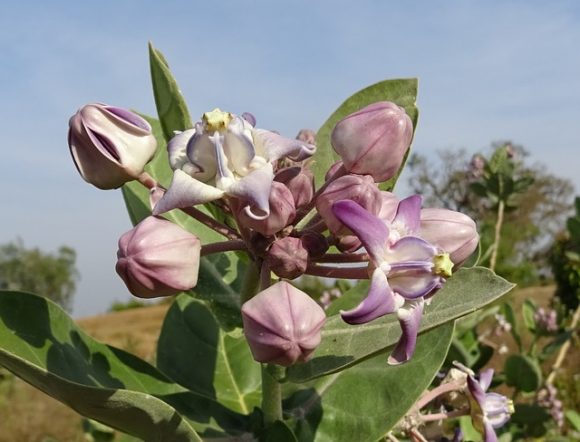All posts tagged calotropis gigantea
Crown Flower: Good For Diabetics?
Calotropis gigantea, commonly known as crown flower, or giant milkweed, is a shrub belonging to the milkweed family. The plant occurs in tropical and subtropical regions and rarely grows in cold areas. Continue reading [...]

